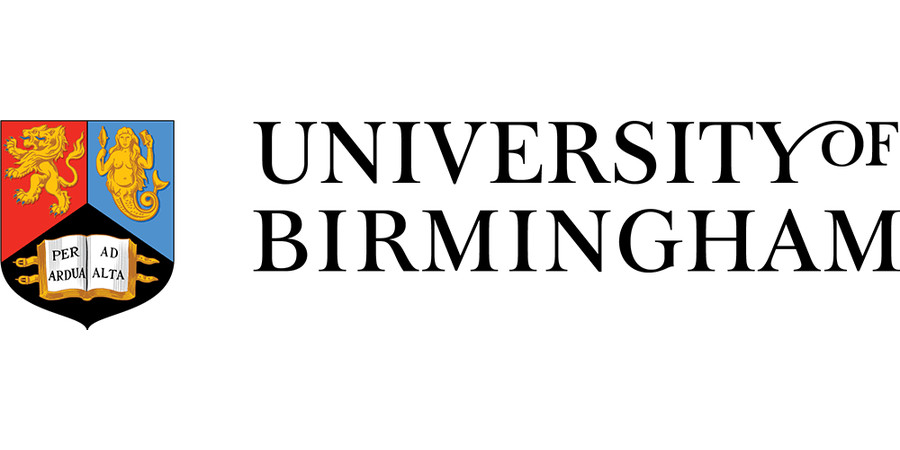PhD Studentship : Oceanography of the Pliocene sub-polar North Atlantic
University of Birmingham - School of Geography, Earth and Environmental Sciences
| Qualification Type: | PhD |
|---|---|
| Location: | Birmingham |
| Funding for: | UK Students, EU Students, International Students |
| Funding amount: | Not Specified |
| Hours: | Full Time |
| Placed On: | 18th November 2025 |
|---|---|
| Closes: | 7th January 2026 |
| Reference: | CENTA 2026-B09 |
Northwest Eurasia owes its anomalously temperate climate to the oceanic circulation cell known as the Atlantic Meridional Overturning Circulation (AMOC). Regional warmth is maintained by northward-flowing Atlantic surface currents – including the Gulf Stream – that lose their heat to the atmosphere in the mid-to-high latitudes, before sinking as cold and saline waters in the Nordic seas. These dense bottom waters then flow south over sills either side of Iceland before combining to contribute >85% of the deep-water return flow of the AMOC (Figure 1). Anthropogenic climate change will warm and freshen the surface waters of the sub-Polar North Atlantic, reducing their density and possibly inhibiting the formation of deep waters. Such a break in this critical region of overturning may slow down or even shut down the AMOC, which is highlighted as a global tipping point of major concern by the Intergovernmental Panel on Climate Change (IPCC).
This project seeks to understand the operation of this sub-polar component of the AMOC in the most recent past climate, the Pliocene, which had similar global temperatures to those predicted for the near future. Recently published work, based on new core material from International Ocean Discovery Program (IODP) Expedition 395 (June-August 2023), has shown tipping point behaviour during the Pliocene in the deep-water return flow of the AMOC (Sinneseal et al. 2025). The aim of this project is to generate thermo-haline (temperature-salinity) reconstructions of the surface ocean in the critical sub-Polar North Atlantic zone, to understand surface ocean density controls on this tipping point in deep-water formation. These reconstructions will be based on the paired measurements of both stable isotopes and trace metal concentrations (Mg/Ca) in planktic (surface ocean) and benthic (deep ocean) foraminifera shells preserved in sediment cores from IODP Exp. 395 Site U1564. Together oxygen isotope (δ18O) and Mg/Ca measurements can be used to deconvolve surface ocean δ18O composition and temperatures, with the former strongly correlated with surface ocean salinity. The project will build on existing post-expedition sample processing and pilot analyses.
For further information on this project and details of how to apply to it please visit https://centa.ac.uk/studentship/2026-b09-oceanography-of-the-pliocene-sub-polar-north-atlantic/
Further information on how to apply for a CENTA studentship can be found on the CENTA website: https://centa.ac.uk/apply/
Funding notes:
This project is offered through the CENTA3 DLA, funded by the Natural Environment Research Council (NERC). Funding covers: annual stipend, tuition fees (at home-fee level), Research Training Support Grant.
Academic requirements: at least a 2:1 at UK BSc level or a pass at UK MSc level or equivalent.
Further information: https://centa.ac.uk/apply/
International students are eligible for studentships to a maximum of 30% of the cohort. Funding does not cover any additional costs relating to moving or residing in the UK. International applicants must fulfil the University of Birmingham’s international student entry requirements, including English language. Further information: https://www.birmingham.ac.uk/postgraduate/pgt/requirements-pgt/international/index.aspx.
References:
Årthun, M., Asbjørnsen, H., Chafik, L., Johnson, H.L., Våge, K. Future strengthening of the Nordic Seas overturning circulation. Nature Communications 14, 2065 (2023). https://doi.org/10.1038/s41467-023-37846-6.
Sinnesael, M. et al. 2025. Onset of strong Iceland-Scotland overflow water 3.6 million years ago. Nature Communications. https://doi.org/10.1038/s41467-025-59265-5.
Advert information
Type / Role:
Subject Area(s):
Location(s):









